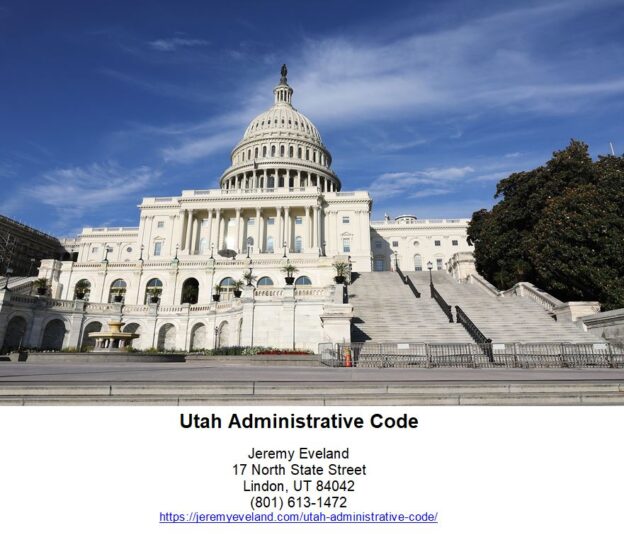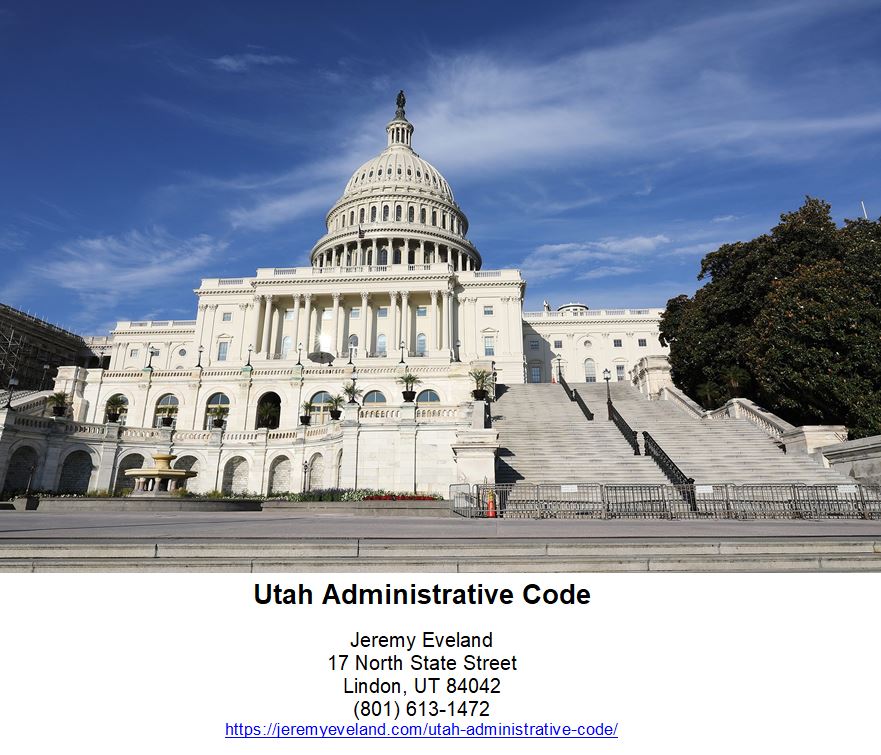Are you wondering if it’s necessary to hire a lawyer for a car accident citation? Well, let’s break it down for you. When it comes to handling the legal consequences of a car accident, it can be a complex and overwhelming process. From navigating insurance claims to dealing with potential lawsuits, having a knowledgeable lawyer by your side can make all the difference. In this article, we will explore the reasons why you should consider getting a lawyer for a car accident citation and how their expertise can protect your rights and help you achieve a favorable outcome. So, let’s dive in and find out why legal representation might be the best decision for you.
Should I Get A Lawyer For Car Accident Citation
Getting into a car accident can be a stressful and overwhelming experience. Not only do you have to deal with the physical and emotional aftermath, but you may also find yourself facing a car accident citation. In such situations, it is important to consider whether or not you should hire a lawyer to help you navigate the legal process. This article aims to provide you with a comprehensive understanding of car accident citations, the legal consequences they carry, the benefits of hiring a lawyer, factors to consider before making a decision, the types of lawyers who handle car accident citation cases, how to find the right lawyer, the steps involved in hiring one, the costs associated with hiring a lawyer, and alternatives to consider.
Understanding car accident citations
Definition of a car accident citation
A car accident citation, also known as a traffic ticket or a traffic citation, is a legal document issued by law enforcement officers to drivers who have violated traffic laws. It serves as a notice that the driver has committed an offense and may be subject to penalties or fines.
Common types of car accident citations
There are several common types of car accident citations that you might receive after being involved in a car accident. These can include citations for speeding, reckless driving, failure to yield, running a red light, following too closely, and many others. Each citation carries its own set of consequences and potential penalties.
How car accident citations are issued
Car accident citations are typically issued by law enforcement officers who respond to the scene of an accident. They may observe the violation firsthand or rely on witness statements and evidence at the accident scene. Once they have gathered the necessary information, they will issue the citation to the driver responsible for the violation.
Legal consequences of car accident citations
Receiving a car accident citation can have various legal consequences that can affect your driving record, insurance rates, and even your ability to retain your driver’s license.
Potential fines and penalties
One of the most immediate consequences of receiving a car accident citation is the potential for fines and penalties. The amount of the fine will depend on the severity of the offense, the jurisdiction where the citation was issued, and any previous traffic violations on your record.
Impact on insurance rates
A car accident citation can also lead to an increase in your insurance rates. Insurance companies view traffic violations as indicators of risky behavior, and as a result, they may classify you as a high-risk driver and raise your premiums accordingly.
Possible license suspension or revocation
In some cases, particularly for more serious traffic offenses or repeated violations, your driver’s license may be suspended or even revoked. This means that you could lose your driving privileges for a certain period or indefinitely, depending on the circumstances.
Effects on your driving record
Car accident citations will also have an impact on your driving record. Traffic violations are typically recorded on your record, and accumulating too many citations can lead to further penalties, such as mandatory driver improvement programs or the requirement to attend traffic school.

Benefits of hiring a lawyer for car accident citation
While it is not legally required to hire a lawyer for a car accident citation, doing so can provide numerous benefits and increase your chances of achieving a favorable outcome.
Expert legal advice and guidance
By hiring a lawyer, you gain access to expert legal advice and guidance specific to your case. They can help you understand the charges against you, assess the strength of the evidence, and provide recommendations on the best course of action.
Protection of your rights and interests
A lawyer will also ensure that your rights and interests are protected throughout the legal process. They will work diligently to investigate your case, gather evidence, and identify any potential defenses or mitigating circumstances that may be relevant to your case.
Increased chances of reduced charges or dismissed case
With their knowledge and experience, a lawyer can negotiate with the prosecuting attorney on your behalf. They may be able to get the charges against you reduced or even dismissed altogether, depending on the circumstances surrounding the citation.
Navigating the legal process efficiently
The legal process can be complex and overwhelming, especially if you are unfamiliar with the procedures and requirements. Hiring a lawyer can help streamline the process and ensure that all necessary paperwork is filed correctly and on time.
Factors to consider before hiring a lawyer
Before making a decision on whether to hire a lawyer for your car accident citation, there are several factors you should take into account.
Severity of the citation
Consider the severity of the citation and the potential consequences you may face. If the citation is relatively minor and the potential penalties are minimal, you may choose to handle the matter on your own. However, if the citation carries significant penalties or potential long-term consequences, it may be wise to seek legal representation.
Your financial situation
The cost of hiring a lawyer should also be taken into consideration. Legal fees can vary depending on various factors such as the complexity of the case, the lawyer’s experience, and the region in which you are located. Evaluate your financial situation and determine if you can afford the services of a lawyer.
Complexity of the legal process
Consider how familiar you are with the legal process and your comfort level in navigating it independently. If you are unfamiliar with legal procedures, it may be in your best interest to hire a lawyer who can guide you through the process and protect your rights.
Time and effort required
Handling a car accident citation can be time-consuming and require significant effort on your part. If you have other commitments or responsibilities that prevent you from dedicating time to your case, hiring a lawyer can help alleviate the burden and ensure that your case is handled effectively.
Personal comfort and preference
Lastly, consider your personal comfort and preference in handling legal matters. If you feel overwhelmed or uncertain about the legal process, hiring a lawyer can provide peace of mind and the assurance that a legal professional is advocating for your best interests.
Types of lawyers who handle car accident citation cases
When seeking legal representation for a car accident citation, you may encounter different types of lawyers who specialize in handling traffic violations and related cases.
Personal injury lawyers
Personal injury lawyers typically handle cases involving injuries resulting from car accidents. While their primary focus is on personal injury claims, they may also have experience in handling car accident citations.
Traffic violation lawyers
Traffic violation lawyers specialize in representing individuals charged with traffic offenses. They have a thorough understanding of traffic laws and regulations and can provide you with the necessary legal counsel to fight the citation.
Criminal defense lawyers
In more serious cases where criminal charges are involved, you may need the services of a criminal defense lawyer. These lawyers are experienced in defending individuals charged with crimes and can provide you with the appropriate legal representation.
Finding the right lawyer for your case
When searching for a lawyer to represent you in your car accident citation case, it is important to find someone who has the expertise and experience necessary to handle your specific situation.
Researching and shortlisting potential lawyers
Start by researching and shortlisting potential lawyers in your area who specialize in handling car accident citations. You can check online directories, ask for recommendations from friends or family, or consult with legal referral services.
Evaluating experience and expertise
Once you have a list of potential lawyers, evaluate their experience and expertise. Look for lawyers who have successfully handled similar cases and have a track record of achieving favorable outcomes for their clients.
Reading client reviews and testimonials
Reading client reviews and testimonials can provide valuable insights into a lawyer’s reputation and the quality of their services. Look for positive reviews and feedback from previous clients to ensure that you are choosing a lawyer who is highly regarded in their field.
Consultation and initial assessment
Schedule consultations with the lawyers on your shortlist to discuss your case. During the consultations, ask questions about their approach to handling car accident citation cases and assess their communication style and commitment to your case. This initial assessment will help you determine if the lawyer is the right fit for you.

Steps involved in hiring a lawyer for car accident citation
If you decide to hire a lawyer for your car accident citation, there are several steps involved in the process.
Initial consultation and case evaluation
The first step is to schedule an initial consultation with the lawyer. During this meeting, they will evaluate the details of your case, assess the strength of your defense, and provide you with their expert opinion on the potential outcomes and the best course of action.
Fee structure and payment arrangements
Discuss the lawyer’s fee structure and payment arrangements during the initial consultation. Some lawyers may work on a contingency fee basis, where they only collect their fees if they successfully recover damages for you. Others may charge an hourly rate or a flat fee for their services.
Signing a retainer agreement
If you decide to proceed with hiring a particular lawyer, you will be required to sign a retainer agreement. This contract outlines the terms of your representation, including the fees, the scope of services, and the responsibilities of both parties.
Case preparation and investigation
Once you have retained a lawyer, they will begin preparing your case and conducting a thorough investigation. This may involve gathering evidence, interviewing witnesses, and reviewing relevant documents, such as accident reports and medical records.
Negotiation or trial representation
Depending on the circumstances of your case, your lawyer will engage in negotiations with the prosecuting attorney to seek a reduction in charges or a favorable plea agreement. If a resolution cannot be reached, they will represent you in court and present your case before a judge or jury.
Costs of hiring a lawyer
The costs associated with hiring a lawyer for a car accident citation can vary depending on various factors.
Contingency fee arrangements
Some lawyers may work on a contingency fee basis, particularly if your case involves a personal injury claim in addition to the car accident citation. This means that they will only collect their fees if they successfully recover compensation for you. The fee is typically a percentage of the amount recovered.
Hourly rates and flat fees
Other lawyers may charge an hourly rate or a flat fee for their services. Hourly rates can vary depending on the lawyer’s experience and reputation. Flat fees are typically charged for straightforward cases where the amount of work required is predictable.
Additional expenses and costs
In addition to the lawyer’s fees, there may be additional expenses and costs associated with your case. These can include court filing fees, expert witness fees, costs of obtaining medical records or accident reports, and other necessary expenses. It is important to discuss these potential costs with your lawyer and ensure that you have a clear understanding of your financial obligations.

Alternatives to hiring a lawyer
While hiring a lawyer can offer numerous benefits, it may not be the right choice for everyone. There are alternatives to consider if you decide not to hire a lawyer for your car accident citation.
One option is to represent yourself in court, known as appearing “pro se.” However, this can be challenging without the necessary legal knowledge and experience. It is important to thoroughly research the process and familiarize yourself with the applicable laws and procedures before deciding to represent yourself.
Another alternative is to seek assistance from legal aid organizations or low-cost legal services. These organizations offer free or reduced-cost legal services to individuals who meet certain income guidelines. They may be able to provide you with guidance and limited representation for your car accident citation case.
FAQs
Can I handle a car accident citation case on my own?
While it is possible to handle a car accident citation case on your own, it can be challenging without the necessary legal knowledge and experience. Hiring a lawyer can provide you with expert guidance and increase your chances of achieving a favorable outcome.
How long do I have to hire a lawyer after receiving the citation?
The timeframe for hiring a lawyer after receiving a car accident citation can vary depending on the jurisdiction and the specific requirements of your case. It is advisable to consult with a lawyer as soon as possible to ensure that you meet any applicable deadlines.
Will hiring a lawyer guarantee a dismissal of the charges?
Hiring a lawyer does not guarantee a dismissal of the charges. However, a lawyer can work diligently to build a strong defense, negotiate with the prosecuting attorney, and increase your chances of achieving a favorable outcome, such as reduced charges or a dismissal.
How much does it cost to hire a lawyer for a car accident citation?
The cost of hiring a lawyer for a car accident citation can vary depending on various factors, such as the complexity of the case, the lawyer’s experience, and the region. Lawyers may charge hourly rates, flat fees, or work on a contingency fee basis. It is important to discuss the fee structure and payment arrangements with the lawyer during the initial consultation.
What should I do if I cannot afford a lawyer?
If you cannot afford a lawyer, there are alternatives to consider. You can seek assistance from legal aid organizations or low-cost legal services that offer free or reduced-cost legal services to individuals who meet certain income guidelines. Additionally, you can explore representing yourself in court, but it is important to thoroughly research the process and familiarize yourself with the applicable laws and procedures.



















